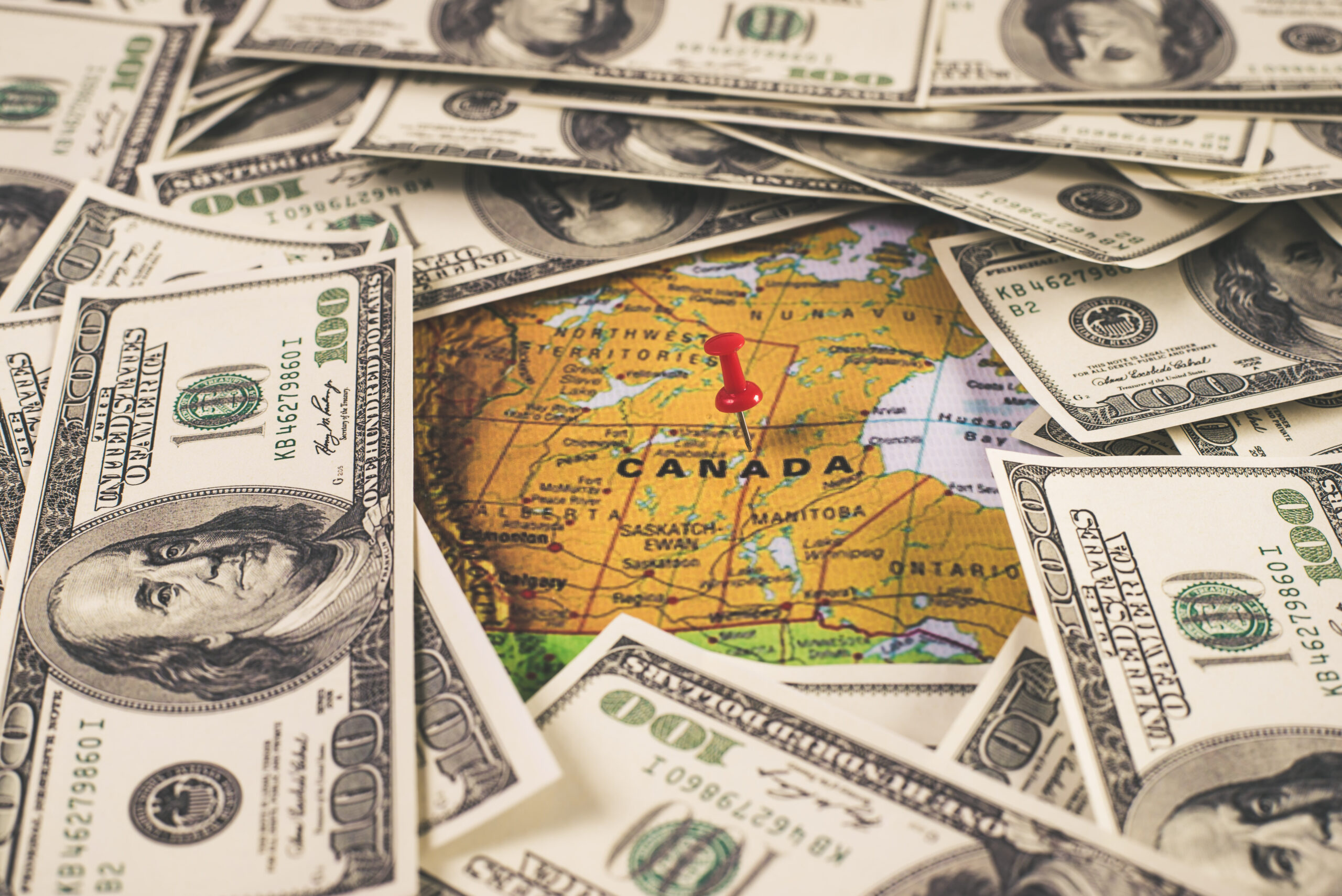What causes nosebleeds?
The most common causes are dryness (often caused by indoor heat in the winter) and nose picking. These 2 things work together – nose picking occurs more often when mucus in the nose is dry and crusty.
Other, less common causes include injuries, inflammation from colds, allergies or drug use such as cocaine and alcohol. Children may stick small objects up the nose. Older people may have other health problems such as kidney disease, atherosclerosis (hardening of the arteries), high blood pressure and blood clotting disorders, or they may be taking medications like aspirin, NSAIDs, warfarin or clopidogrel (Plavix) that interfere with blood clotting.
Why is the nose prone to bleeding?
Blame it on anatomy. The nose has many blood vessels in it to help warm and humidify the air you breathe. These vessels lie close to the surface, making them easy to injury.
Are nosebleeds serious?
Most aren’t. Most nosebleeds occur in the front part of the nose and stop in a few minutes. A few nosebleeds stem from large vessels in the back of the nose. These nosebleeds can be dangerous. They may occur after an injury. This type of nosebleed is more common in the elderly and is often due to high blood pressure, atherosclerosis, kidney disease, bleeding disorders or daily use of medications like aspirin, NSAIDs, warfarin or clopidogrel (Plavix). Usually, the older the patient, the more serious the nosebleed.
You’ll need to get medical attention if a nosebleed goes on for more than 15 to 20 minutes or if it occurs after an injury, such as a fall or a punch in the face, especially if you think you may have a broken nose. A nosebleed after a fall or a car wreck could be a sign of internal bleeding. Frequent nosebleeds may mean you have a more serious problem. For example, nosebleeds and bruising can be early signs of leukaemia. Nosebleeds can also be a sign of blood clotting disorders and nasal tumours (both cancerous and non-cancerous).
How to stop a nosebleed fast
The Thumbs Up method:
1 Keep calm.
2 The sight of blood can be distressing. Be calm and take slow, deep breaths
3 Make a ‘thumbs up’ with your hand.
4 Use your right hand if bleeding out of your right nostril, left hand for left nostril
5 Press your thumb firmly against the side of your nostril.
6 Don’t press so hard that it hurts, just firmly enough that the nostril is flattened and closed
7 Sit or stand still.
8 Lean forward slightly to stop blood running down your throat
9 Hold your thumb in place for 5-10 mins.If it’s still bleeding hold it again for another 5 to 10 minutes.
10 Breathe normally
11 Release the pressure on your nose gradually.
12 You can also place a cold compress or an ice pack across the bridge of your nose.
See your doctor if
• The bleeding goes on for more than 15 to 20 minutes despite the measures above.
• The bleeding was caused by a serious injury.
• You get nosebleeds often.
What will my doctor do for a nosebleed?
Your doctor will try to find out where the bleeding is coming from in your nose and what the cause might be. He or she will probably ask you some questions and examine your nose. If the bleeding doesn’t stop on its own or with pressure applied, your doctor may cauterize the bleeding vessel or pack your nose with or without an antiseptic cream to stop the bleeding. A special balloon may be used if the bleeding is from large vessels in the back of the nose. However, this is rarely required.
Cauterization involves using a special chemical called silver nitrate or an electrical or heating device to burn the vessel so that it stops bleeding. Your doctor will numb your nose before the procedure.
Packing the nose involves putting special gauze or an inflatable latex balloon into the nose so that enough pressure is placed on the vessel to make it stop bleeding. (Antiseptic cream may be added to the gauze to prevent infection.)
Tips on preventing nosebleeds
• To keep the lining of your nose moist, gently apply a light coating of petroleum jelly (an example is Vaseline) inside your nose with a cotton swab twice a day. You can use nasal lubricants such as secaris or rhinaris.
• Keep children’s fingernails short to discourage nose picking.
• Counteract the drying effects of indoor heated air by using a humidifier at night in your bedroom.
• Quit smoking. Smoking dries out your nose and also irritates it. Exposure to second hand smoke can be a risk for others.
• Open your mouth when you sneeze.
• Blow gently – one side at a time.
* References from the patient education material of AAFP and CFPC.








